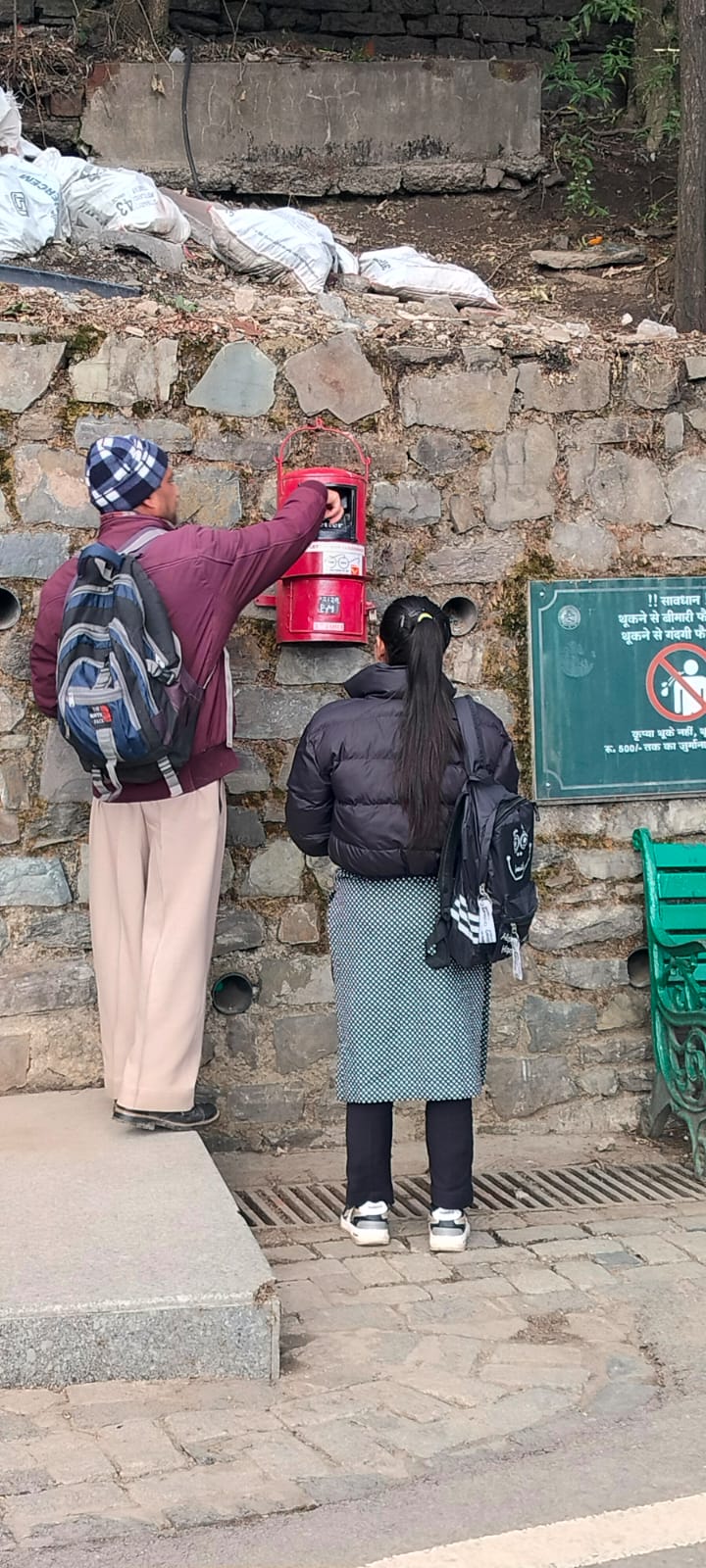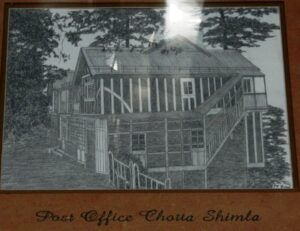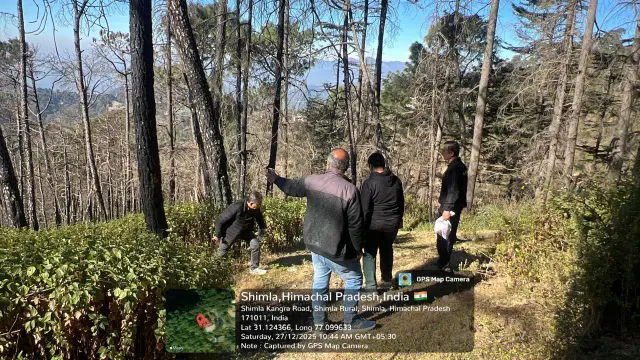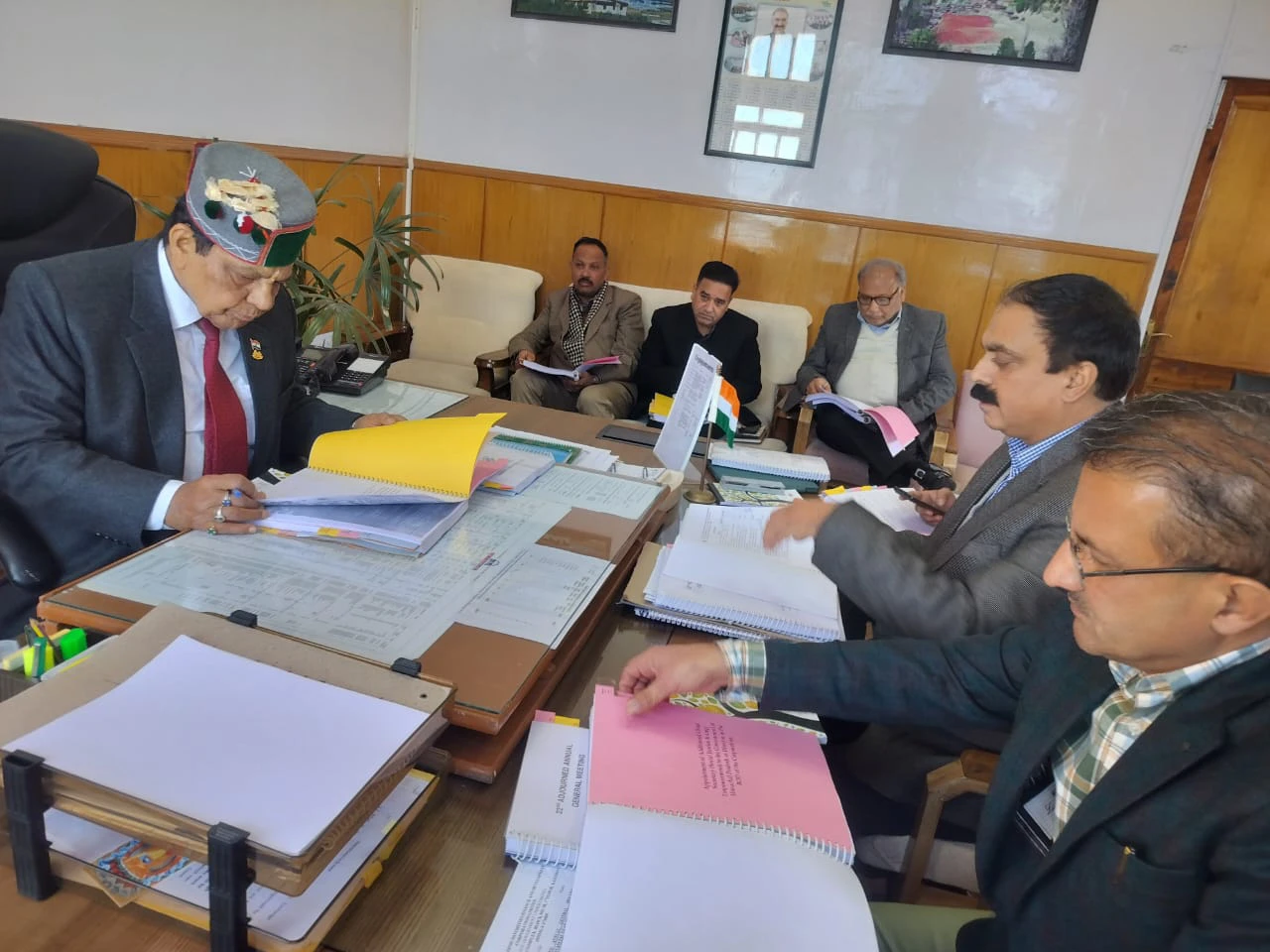Forgotten Letter Box Amidst Noise of Digital Echoes
3 min read
Heritage’s Whispers: G.P.O & Silent Legacy of Shimla’s Post Offices
Shimla, Feb 07 Ritanjali Hastir
In a world enraptured by the immediacy of WhatsApp and TikTok, the act of posting a letter seems like a fading relic, akin to uncovering a hidden treasure in the digital age. Amidst the urban buzz, a forgotten sentinel stands tall—a weathered letter box (opposite Rotary Town Hall), holding within its metallic embrace a tale of bygone eras.
Within the heart of our bustling town lies an unassuming reminder of history—the General Post Office (G.P.O). Today, as countless souls walk past it, lost in the maze of their digital realms, a lone passerby halted. In that fleeting moment, the neglected letter box found solace in a kindred spirit, momentarily escaping the din of digital cacophony.
Yet, beyond the tangible, the lonely letterbox narrates a story deeper than the physical realm—an anecdote of our collective apathy towards those beside us, contrasted against an insatiable yearning for recognition from the nameless strangers. Once a symbol of patience, commitment, and the timeless art of waiting, it now stands as a silent emblem of our evolving societal dynamics.
As someone wisely said, “What a wonderful thing is the mail, capable of conveying across continents a warm human handclasp.” In the absence of a post office, this phrase would lose its essence. An essential bridge connecting people, the Post Office, even in the days of the Raj, held immense importance. The grandeur of its existence echoed through four old post offices, including Chotta Shimla, Chaura Maidan, Summer Hill, and the revered G.P.O., one of North India’s oldest.
The G.P.O., a stately building that opened its doors on July 1, 1883, now stands as a testament to a bygone era. Its foundations rest on the site of ‘Conny Lodge,’ a house with a storied history, purchased from Peterson, the former proprietor of Enjalbert & Co. Over the years, it housed various European tailors and banks before becoming the post office we recognize today.
The G.P.O held a unique tradition; a colossal bell signaled the arrival of the Viceroy’s mail from England. Come rain or shine, the postman, undeterred by time or weather, delivered letters promptly. In the stable opposite the Railway Board Building, Tonga horses rested after their valiant efforts, yet no traces of the once-resounding bell remain.

A distinctive feature of the G.P.O is its six hollow iron pillars, now white-plastered, supporting the entire structure. Once serving as both support and furnace during the winter, they resonated with warmth. Now, electric heaters have replaced the roaring fires, marking the evolution of time within its walls.

Summer Hill post office, established in 1899, donned Neo-Tudor architecture. Initially catering to the Viceroy’s mail during his stay in the nearby Viceregal Lodge, it later embraced the speed post facility on January 15, 1990.
Chaura Maidan post office, born in 1910, mirrored the architecture of the G.P.O, boasting Neo-Tudor elements with round-dressed stones and pebble-dash walls.

The sub-post office in Chotta Shimla, a two-story stone and wood structure near Ellerslie Shimla, is a relic from the British regime. Though its exact inception date remains elusive, it existed even before 1912.
In the Raj era, all post offices were painted green, close to the residences of Governors General, Commanders-in-Chief, and Lieutenant Governors. Over time, the color shifted to red and white. The once ubiquitous Tongas that carried mail are now absent. Technological strides have brought electronic mail to the forefront, yet these heritage post offices retain their identity. Daily, hundreds of paper mails traverse through these portals, preserving a tangible connection to our past.
As we reflect on these historic post offices, each holds within its walls the echoes of a time when communication was patient, commitment unwavering, and waiting for an art form. In an era where the allure of digital communication beckons, these post offices stand resilient, a testament to our emotional and historic roots—an irreplaceable legacy etched into the very fabric of Shimla’s narrative.






